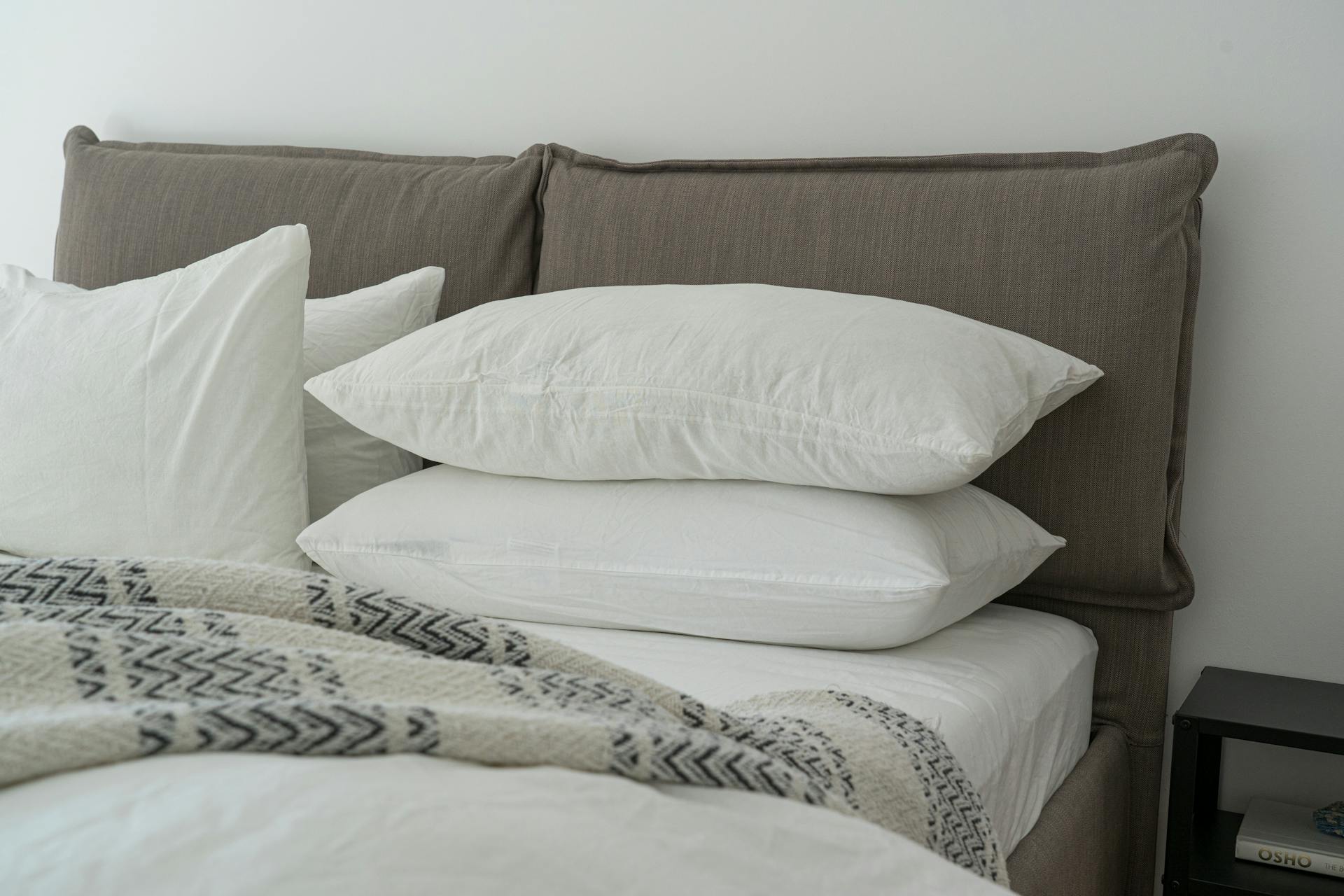…For My Spine & A Good Night’s Sleep?
So, I’m a Chiropractor, and also a specialist in posture correction. Part of the process of posture improvement and rehabilitation is looking into the habits of people’s everyday lives to identify what helps, and what hinders them.

We all (with the exception of astronauts) spend our days either sitting, standing or laying down. Our bodies mold into the surfaces that connect us with the Earth – chairs, beds, shoes, etc. Part of this equation is therefore pillows as they support our head and our spine. Yes, you read that correctly. They support your spine because the alignment of your neck will have an effect on the rest of your spine. So choosing correctly is important for your spine to be in a relaxed and neutral position.
So here are the top 3 tips I give my practice members:
- Choose the right material: Memory foam is usually too soft and does not offer enough support as a pillow or mattress. Feather or down pillows are obviously the same. I recommend a firm foam composite such as latex foam as it offers firm support as well as being cool and durable.
- Sleeping position: Side sleeping offers the best neutral support to your spine. Our body should not ideally be propped up or twisted whilst sleeping. Sleeping on your back with a thick pillow will push your chin towards your chest, creating misalignments at the base of the neck and holding tissues at the back of the neck in a stretched state. Sleeping on your front is not recommended as you will have your neck rotated and usually your spine in extension (more so for women due to breast tissue).
- Pillow height and shape: When side sleeping, the pillow should be at a height that your upward shoulder does not want to roll forwards or backwards.

Shoulder width is obviously an important factor, but also hip width and the lateral curves in your spine. People often take a blunt approach to getting their pillow height right – one pillow, two pillows, three, etc. But finer increments are often necessary to accommodate your body shape. A simple tip is to use a folded towel to add height to your pillow…
Finally, a brief note about contoured pillows. These are the ones that look like they have been scooped out to accommodate your head. They do not present any significant benefit in my view as they assume the head is notably wider than the neck – which it isn’t. A slight contour is ok but too much will cause the head to laterally flex on the neck. And if sleeping on your back, they are usually too high.

The companies I recommend to clients when purchasing pillows are Latexsense.co.uk and ABC-Europe.org. The latter is a chiropractic organisation that caters for posture support products and education.
In summary, if you fidget in your sleep, wake up with headaches, feel stiff first thing in the morning, then listen to your body. It’s asking for help, not trying to annoy you.
I hope this gives you some useful insights. If you have any questions, please dont hesitate to email me.
Main – Photo by Castorly Stock





